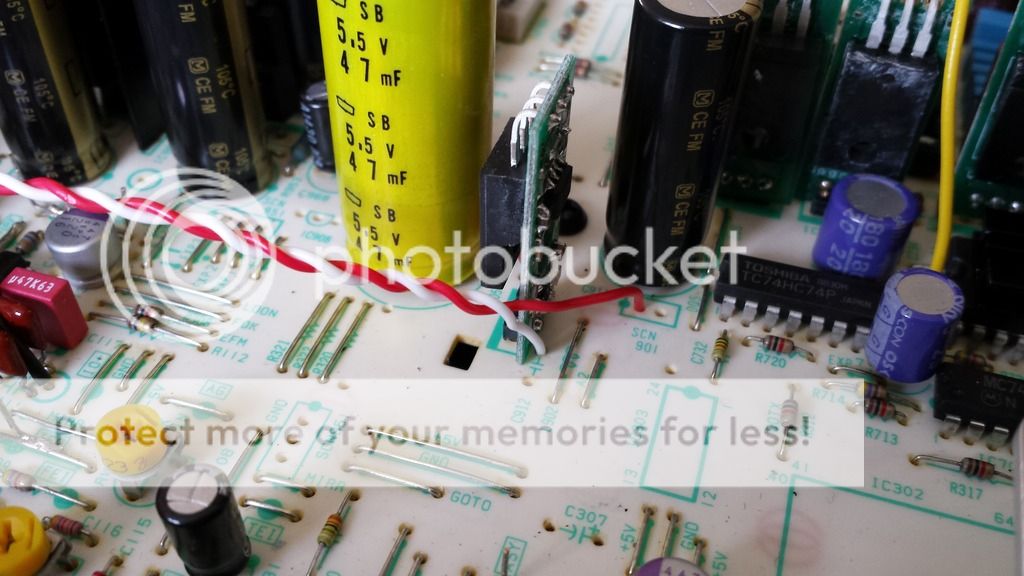Mike P
Trade: Pickwell Audio
Can you have too much of a good thing?
I have to admit that I'm a bit disappointed with the 337 at the moment. The last few mods have added more and more detail and attack to the point where I'm finding the sound the sound has become a little too 'hard' and bright for my liking.
Looking back I was over the moon with how it sounded in the spec I had back in post #16. After that I added a bunch more of the Charcroft CAR Z-foil resistors at the output and I suspect that may be where my problems are. The Charcroft resistors have an amazing 'no loss' sort of sound and whilst having a few in there added a pleasing degree of 'air' and detail I suspect switching to a full compliment of them may have made the sound overly bright.
Of course I have also changed the output coupling caps a few times since then too but I wouldn't expect the high quality Ansar polypropylene caps that I'm currently using to be harsher than the cheap yellow polyesters which I had in before -you'd expect quite the opposite.
I've also been rolling different op-amps recently to see if I can find the balance that I'm looking for. The op amps I've tried are:
JRC5532D
LM4562
OPA2604
Muses02
OPA2107
All are good but my current favourites are still the OPA2604 followed very closely by the OPA2107. The Muses02 have an incredibly clear top end which I like but their slightly more forward presentation exacerbates the over brightness which I'm trying to solve right now. The laid back nature of the OPA2604 is therefore my favourite right now.
Has anyone else here tried z-foil resistors? What did you think and how did they affect the sound?
When I have a spare couple of hours I need to resolve myself to swapping back to the Takman resistors or the original carbon films to see if my hunch is right.
I've also blown some more cash on another expensive upgrade in the hope that throwing more money at it might help! I'll reveal all soon.
I have to admit that I'm a bit disappointed with the 337 at the moment. The last few mods have added more and more detail and attack to the point where I'm finding the sound the sound has become a little too 'hard' and bright for my liking.
Looking back I was over the moon with how it sounded in the spec I had back in post #16. After that I added a bunch more of the Charcroft CAR Z-foil resistors at the output and I suspect that may be where my problems are. The Charcroft resistors have an amazing 'no loss' sort of sound and whilst having a few in there added a pleasing degree of 'air' and detail I suspect switching to a full compliment of them may have made the sound overly bright.
Of course I have also changed the output coupling caps a few times since then too but I wouldn't expect the high quality Ansar polypropylene caps that I'm currently using to be harsher than the cheap yellow polyesters which I had in before -you'd expect quite the opposite.
I've also been rolling different op-amps recently to see if I can find the balance that I'm looking for. The op amps I've tried are:
JRC5532D
LM4562
OPA2604
Muses02
OPA2107
All are good but my current favourites are still the OPA2604 followed very closely by the OPA2107. The Muses02 have an incredibly clear top end which I like but their slightly more forward presentation exacerbates the over brightness which I'm trying to solve right now. The laid back nature of the OPA2604 is therefore my favourite right now.
Has anyone else here tried z-foil resistors? What did you think and how did they affect the sound?
When I have a spare couple of hours I need to resolve myself to swapping back to the Takman resistors or the original carbon films to see if my hunch is right.
I've also blown some more cash on another expensive upgrade in the hope that throwing more money at it might help! I'll reveal all soon.










